studio republic/Unsplash
The more time you spend with your ass planted in your desk chair like a geranium, the more damage you could be doing to your body.
When you sit all day, your glutes, which are supposed to be your body's powerhouse muscles, shut down. Over time, that means they become weak and flabby, reducing your performance in the gym and increasing your risk of injury, whether you're lifting weights, walking, or simply hovering over a gas station toilet, says Stephen Cheuk, founder of S10 training studio in New York City. And since your glutes are crucial to both your lower-body stability as well as your spinal alignment, any weaknesses throw the entire chain out of whack.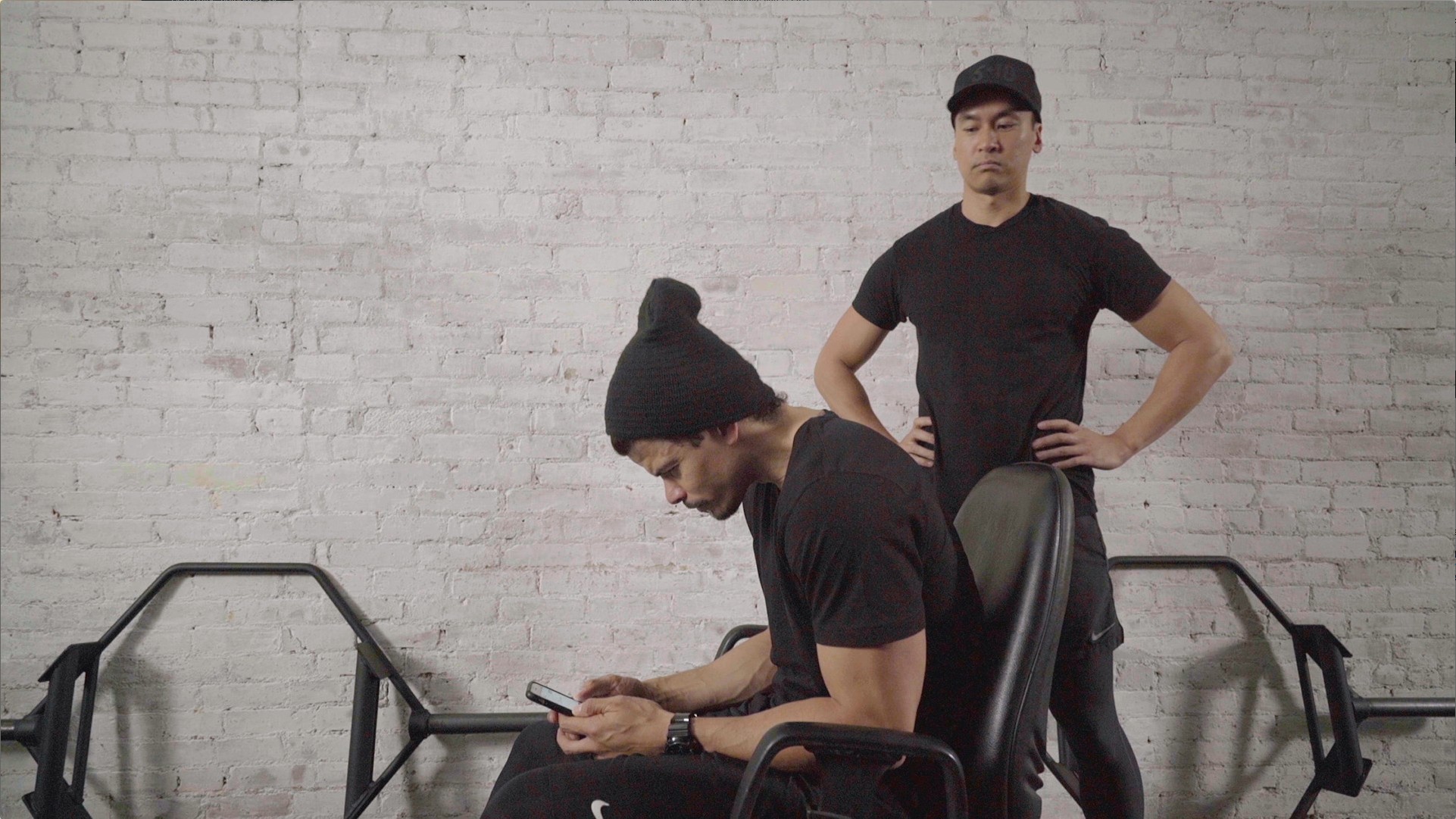 The less you do to correct that problem, the worse the news gets: All those hours spent on your rear contribute to tightened hip flexors, hunched shoulders, and a head that's incessantly jutted forward. The result: a limited range of motion, back pain, headaches, and, according to research published in the journal Biofeedback, even lackluster moods and energy levels.It takes six minutes per day to set your muscles right again, or at least encourage them in that direction. This simple stretching routine can be performed anywhere to lengthen tight muscles, activate underused ones, and regain your healthy posture. Recruit your coworkers so you can all look like weirdos at the office together, or do it post-work at home or the gym.For the best results, Cheuk recommends performing this six-move mobility workout at least once per day, or every time you feel a tension headache or energy slump coming on. Do at least ten reps of each exercise in the workout, but if you have more time, all the better, he says—consider spending up to a minute on each move. Focus on moving slowly and breathing deeply through each exercise. And if you can, switch to a stand-up desk for part of the day—the less time you spend slumped in front of a computer, the better.Neck Release with Ball
The less you do to correct that problem, the worse the news gets: All those hours spent on your rear contribute to tightened hip flexors, hunched shoulders, and a head that's incessantly jutted forward. The result: a limited range of motion, back pain, headaches, and, according to research published in the journal Biofeedback, even lackluster moods and energy levels.It takes six minutes per day to set your muscles right again, or at least encourage them in that direction. This simple stretching routine can be performed anywhere to lengthen tight muscles, activate underused ones, and regain your healthy posture. Recruit your coworkers so you can all look like weirdos at the office together, or do it post-work at home or the gym.For the best results, Cheuk recommends performing this six-move mobility workout at least once per day, or every time you feel a tension headache or energy slump coming on. Do at least ten reps of each exercise in the workout, but if you have more time, all the better, he says—consider spending up to a minute on each move. Focus on moving slowly and breathing deeply through each exercise. And if you can, switch to a stand-up desk for part of the day—the less time you spend slumped in front of a computer, the better.Neck Release with Ball
Lie on your back on the floor, and place a lacrosse, tennis, or massage ball directly underneath the nape of your neck. Relax your head and neck onto the ball, then slowly roll your head from side to side. When you hit a sensitive spot, hold that position and slowly breathe through the sensation for ten to 20 seconds before moving on.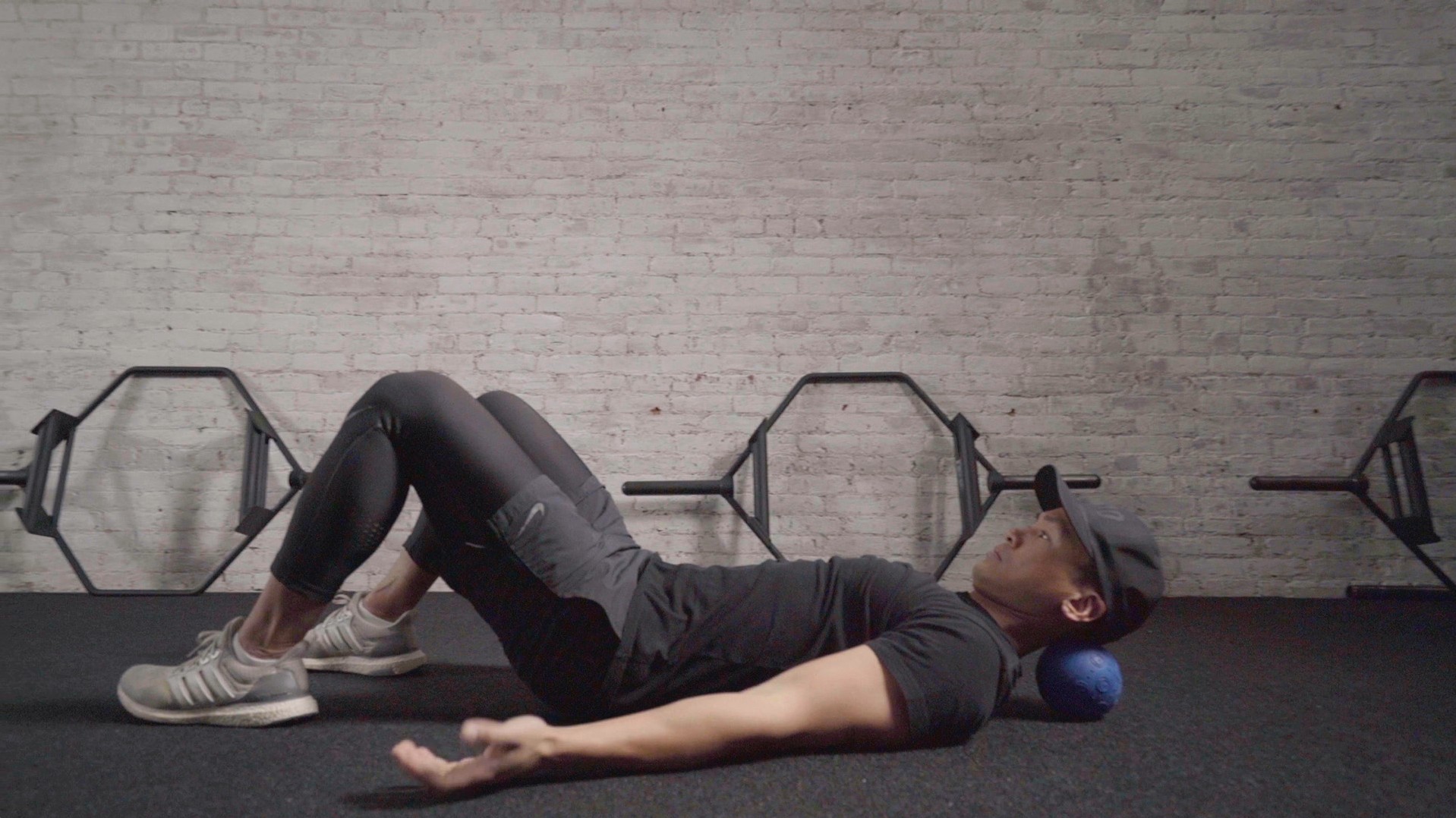 Isometric Neck Extension
Isometric Neck Extension
Stand tall with your back and the back of your head touching a wall behind you. Gently contract your neck to tuck your chin back toward the wall, making sure not to raise or lower your chin as you do so. Maintain this position and, imagining that you have a string attached to the top of your head, lengthen your neck to extend your head toward the ceiling. Hold for 30 seconds, then repeat.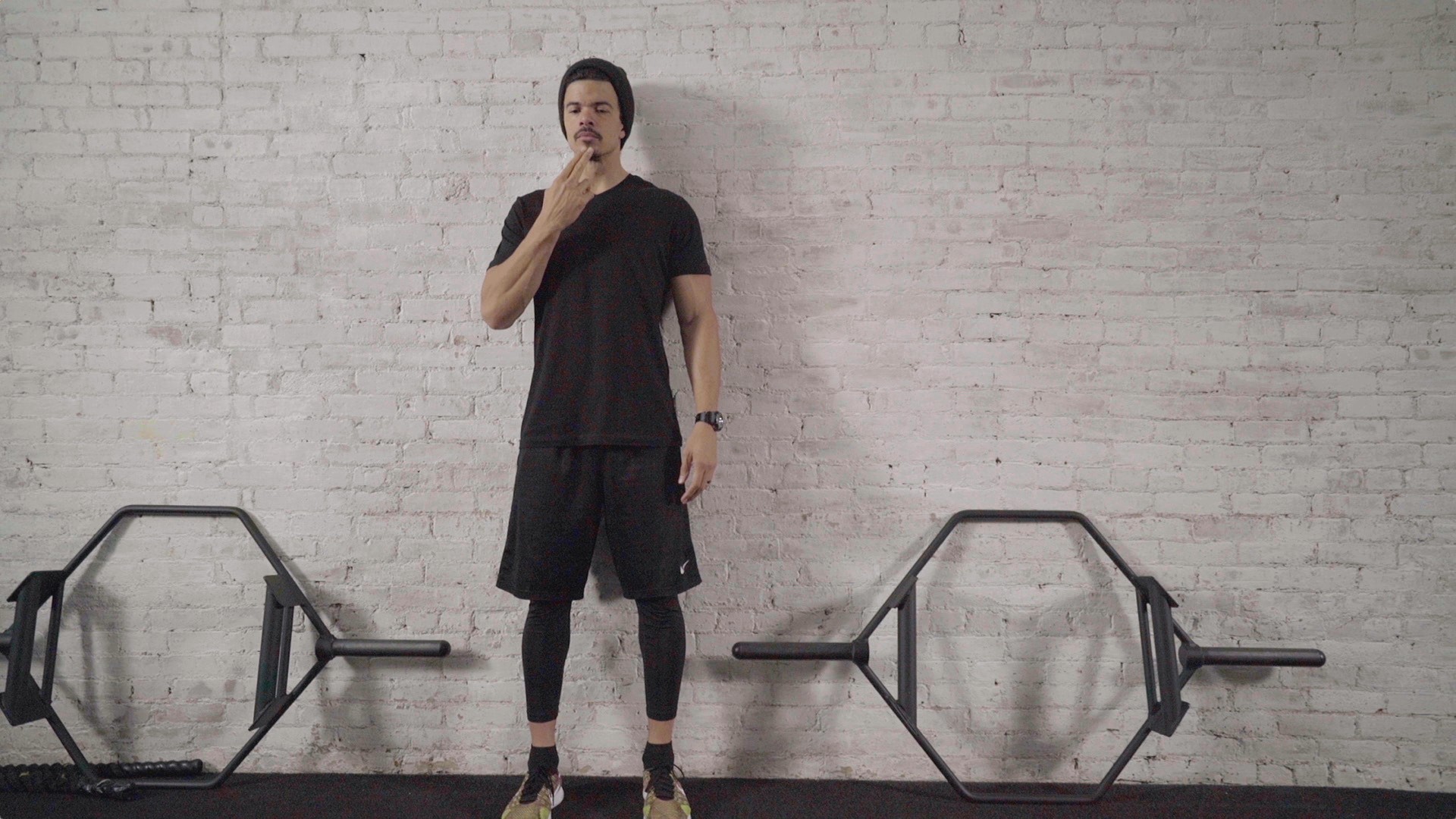 Up-the-Wall Shoulder Rollout
Up-the-Wall Shoulder Rollout
Stand tall facing a wall that's about one foot in front of you and, using the sides of your hands, hold a foam roller against the wall at face height. The foam roller should be braced firmly between the sides of your hands and the wall, palms facing each other, and elbows bent. From here, slowly roll your forearms onto the roller to move the roller a few inches up the wall. Once the roller reaches the height of your forehead, slowly reverse the movement to return to start. With each rep, focus on rotating your shoulder blades forward toward your armpits and pushing firmly into the roller so that your upper back flattens. Repeat.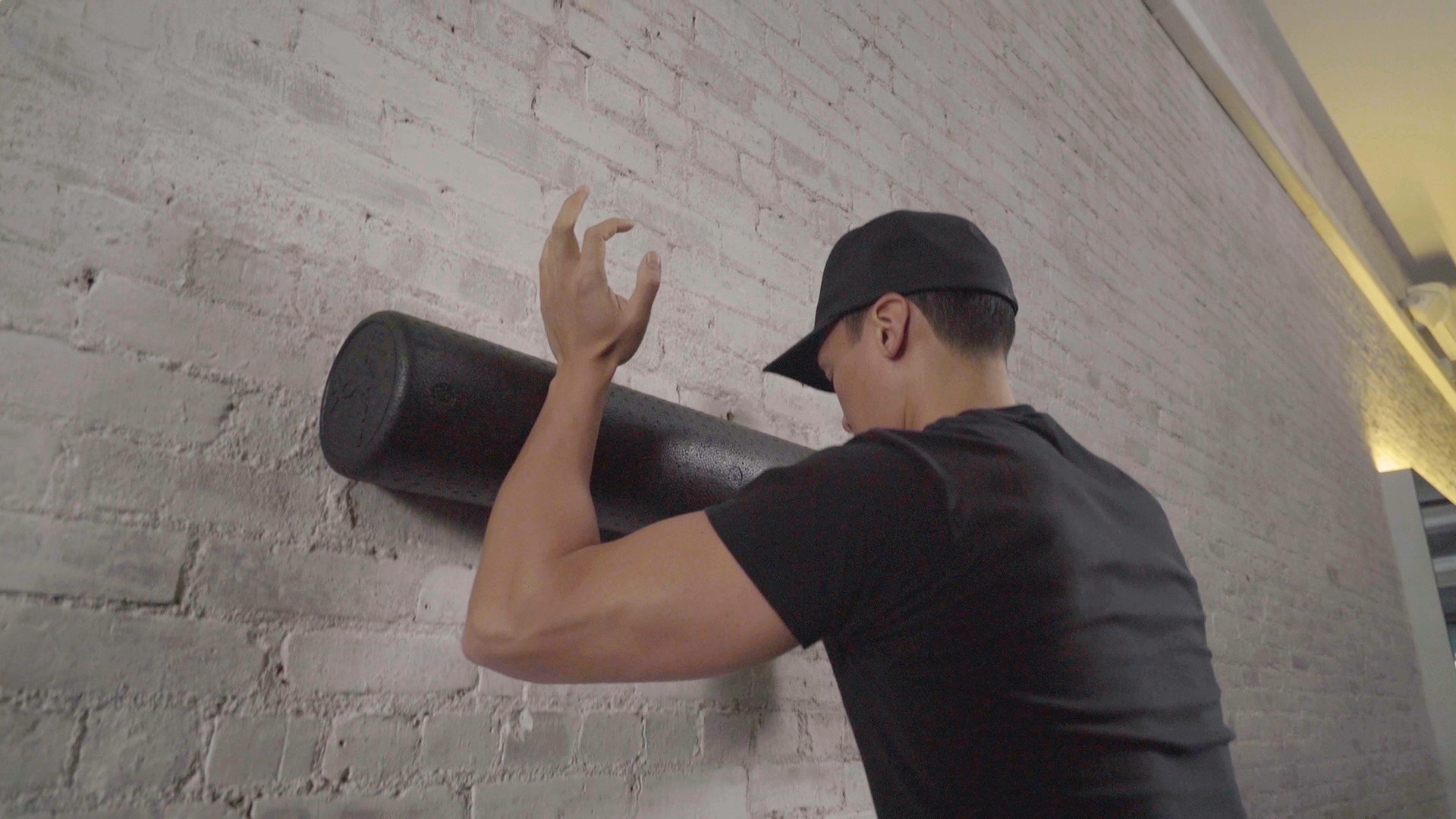 T-Spine Mobility Stretch
T-Spine Mobility Stretch
Lying on your back on the floor, extend your arms straight out to your sides to form a "T" shape. Let them rest on the floor, palms facing up. Then, bend one knee to 90 degrees and let it fall to one side of your body, making sure to keep both shoulders touching the floor. If you have limited mobility, you can lower your knee onto a foam roller, rather than the floor. From here, rotate through your upper and middle back to lift your shoulder (on the same side as your bent knee) off of the floor and touch your hand to the one planted firmly on the floor. Pause, then slowly reverse the movement to return your shoulder back to the floor. Perform all reps, then repeat on the opposite side.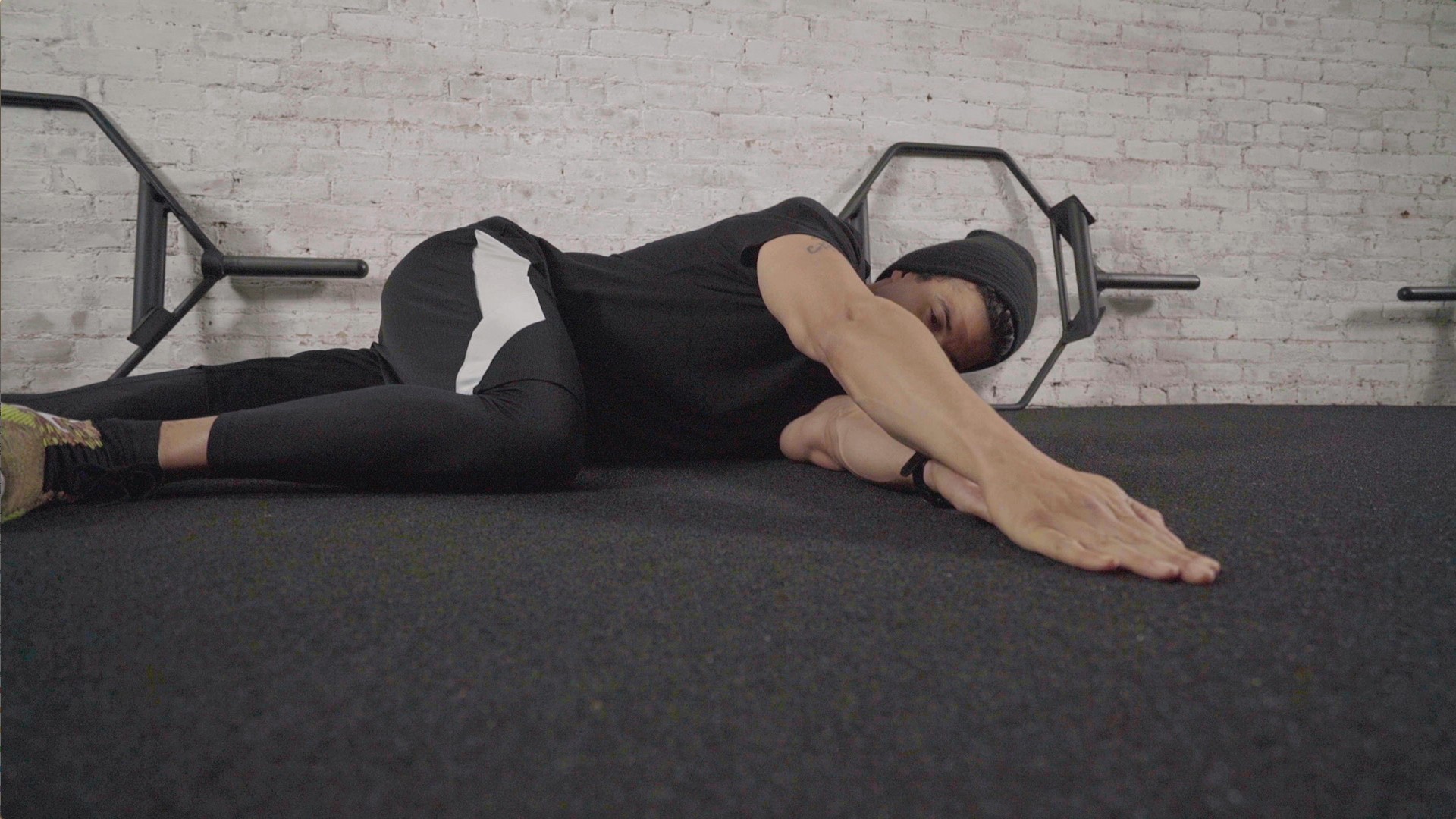 Lunge to Overhead Reach
Lunge to Overhead Reach
Stand tall with your feet hip-width apart. Take a big step forward with one foot and lower fully into a lunge so that your back knee is touching the floor and your front thigh is parallel to the floor. From here, extend your arms straight overhead, pull your shoulder blades down and together, and, keeping a flat back, lean your torso back until you feel a slight stretch in the front of your bottom hip. Hold for a few seconds, raise your torso back to vertical, and then return to standing. Alternate sides with each rep.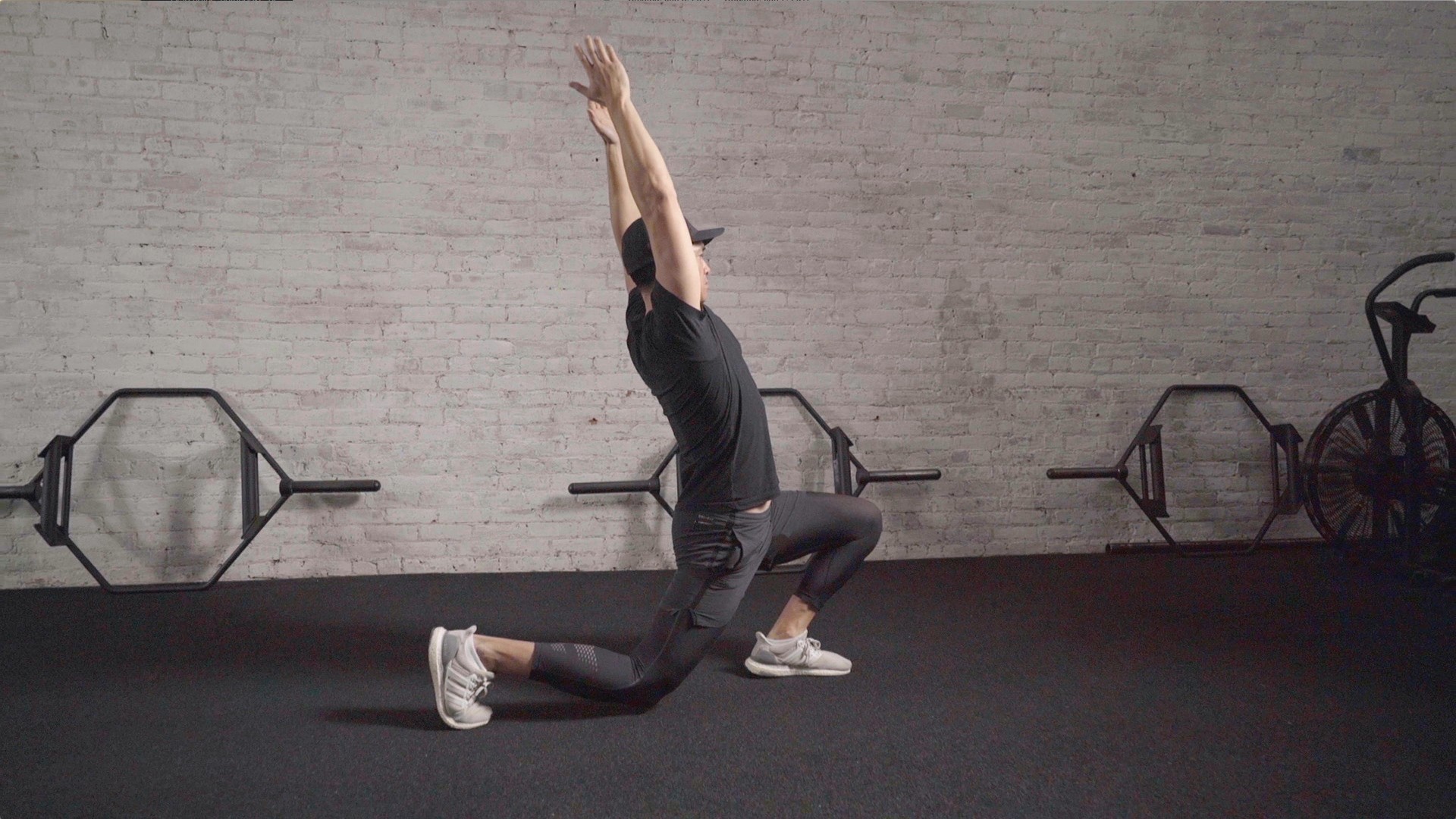 Standing Walkout with Hip Opener
Standing Walkout with Hip Opener
Stand tall with your feet hip-width apart. Bend at the waist to touch the floor directly in front of you and then walk your hands forward until you're in a high plank. From here, bend one knee to place your foot by the outside of that side's hand, hold for a few seconds, then alternate with the opposite foot. Get back to prone pushup position and walk your hands back to standing. Repeat.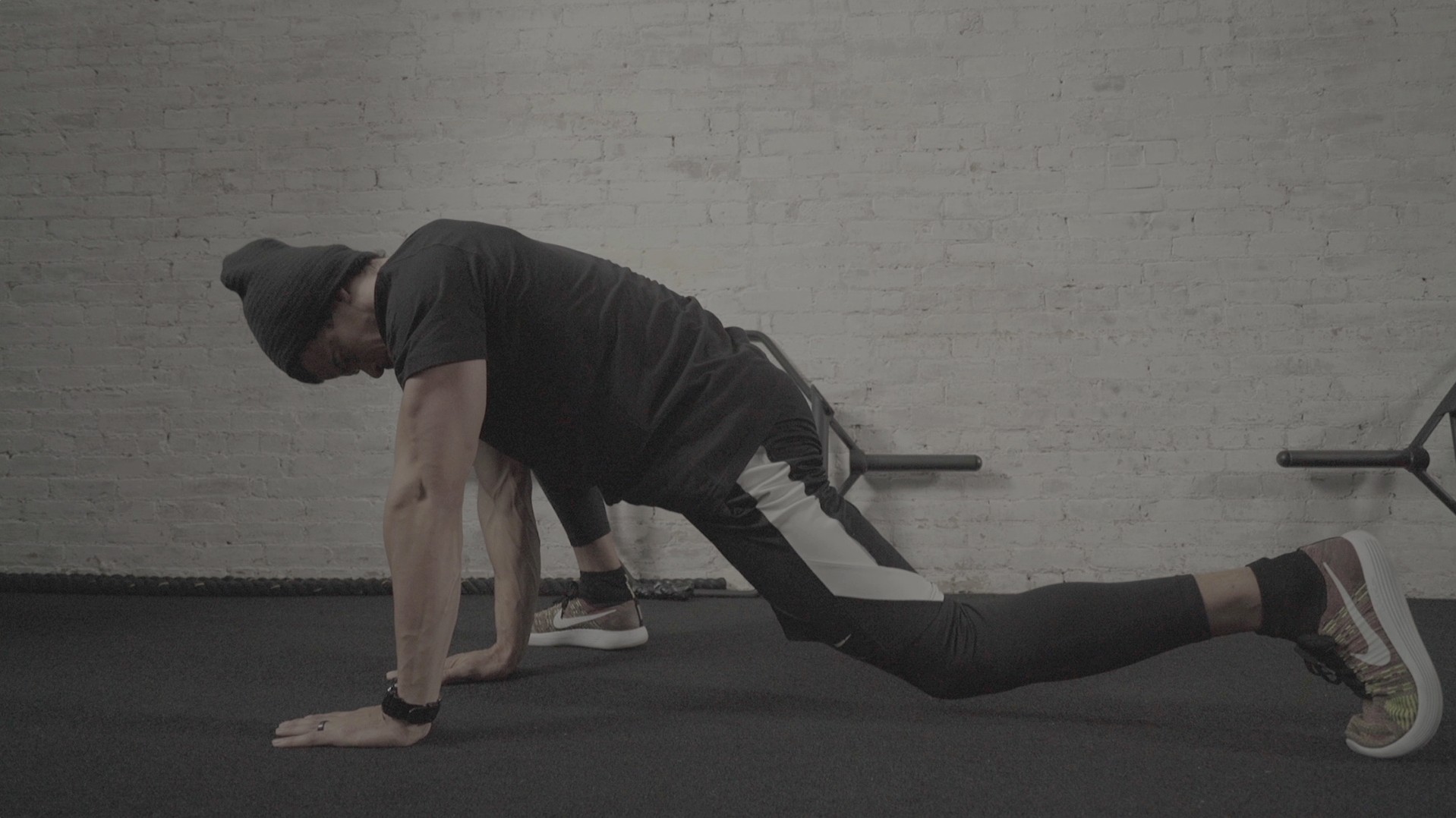 Special thanks to S10 trainersStephen Cheuk, Pierre Batraville, and Joe Holder.
Special thanks to S10 trainersStephen Cheuk, Pierre Batraville, and Joe Holder.
Advertisement

Lie on your back on the floor, and place a lacrosse, tennis, or massage ball directly underneath the nape of your neck. Relax your head and neck onto the ball, then slowly roll your head from side to side. When you hit a sensitive spot, hold that position and slowly breathe through the sensation for ten to 20 seconds before moving on.
Advertisement

Stand tall with your back and the back of your head touching a wall behind you. Gently contract your neck to tuck your chin back toward the wall, making sure not to raise or lower your chin as you do so. Maintain this position and, imagining that you have a string attached to the top of your head, lengthen your neck to extend your head toward the ceiling. Hold for 30 seconds, then repeat.

Stand tall facing a wall that's about one foot in front of you and, using the sides of your hands, hold a foam roller against the wall at face height. The foam roller should be braced firmly between the sides of your hands and the wall, palms facing each other, and elbows bent. From here, slowly roll your forearms onto the roller to move the roller a few inches up the wall. Once the roller reaches the height of your forehead, slowly reverse the movement to return to start. With each rep, focus on rotating your shoulder blades forward toward your armpits and pushing firmly into the roller so that your upper back flattens. Repeat.

Lying on your back on the floor, extend your arms straight out to your sides to form a "T" shape. Let them rest on the floor, palms facing up. Then, bend one knee to 90 degrees and let it fall to one side of your body, making sure to keep both shoulders touching the floor. If you have limited mobility, you can lower your knee onto a foam roller, rather than the floor. From here, rotate through your upper and middle back to lift your shoulder (on the same side as your bent knee) off of the floor and touch your hand to the one planted firmly on the floor. Pause, then slowly reverse the movement to return your shoulder back to the floor. Perform all reps, then repeat on the opposite side.
Advertisement

Stand tall with your feet hip-width apart. Take a big step forward with one foot and lower fully into a lunge so that your back knee is touching the floor and your front thigh is parallel to the floor. From here, extend your arms straight overhead, pull your shoulder blades down and together, and, keeping a flat back, lean your torso back until you feel a slight stretch in the front of your bottom hip. Hold for a few seconds, raise your torso back to vertical, and then return to standing. Alternate sides with each rep.

Stand tall with your feet hip-width apart. Bend at the waist to touch the floor directly in front of you and then walk your hands forward until you're in a high plank. From here, bend one knee to place your foot by the outside of that side's hand, hold for a few seconds, then alternate with the opposite foot. Get back to prone pushup position and walk your hands back to standing. Repeat.

